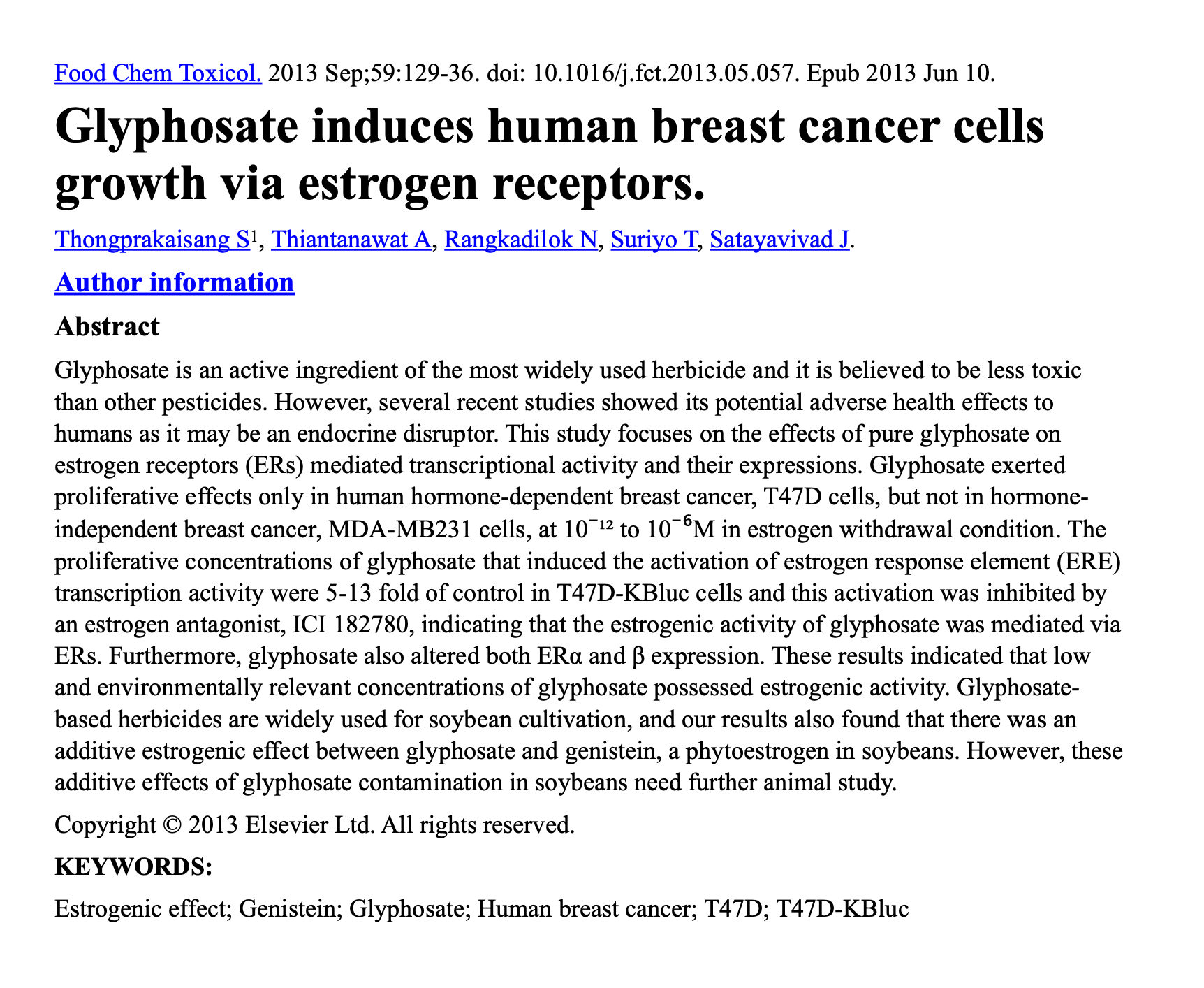After decades of pleading by women (and the men who loved them) who were failed by mammography due to its reduced ability to see into their dense breasts, it is now mandatory that imaging centers performing mammagrams in every state must tell you if you have dense breasts.
The FDA updated its decades-old mammogram standards.
This is important because:
“Dense breast tissue is common in younger women. Dense breast tissue absorbs significantly more radiation during mammography compared with fatty breast tissue (1). This occurrence reduces the accuracy of mammography to detect breast cancer in women with dense breast tissue (2, 3). ”
What is buried between the lines is that dense breast tissue appears to raise one’s risk BECAUSE mammography is the screening tool, not because dense tissue is somehow abnormal or inferior tissue. To simplify, dense breast tissue is all the tissue minus the fat. The greater proportion of fat in the breast, the more likely the rays of radiation will pass through the tissue and into the plate beneath. Conversely, the higher proportion of non-fatty tissue, the greater the rate of absorption according to the American College of OBGYN, and also the greater likelihood of the appearance of interval cancers between mammograms for those with the greatest density (i.e., least amount of fatty breast tissue).
And if that wasn’t enough of a problem, cancer AND dense tissue both appear white on a mammogram, making the radiologist’s job extremely difficult; basically it’s like looking for a snowball in a snowstorm!
Which begs the question, why in the world would we choose a technology with reduced accuracy AND greater harm to women as the gold standard? Sadly it appears to be part of the system designed to protect the “geese” that lay the “golden eggs.”
















